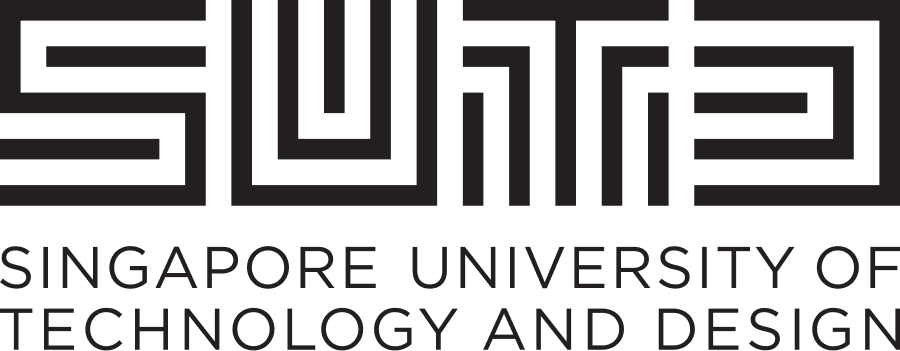Programme outline
Learning objectives
By the end of this course, participants should be able to / can expect to:
- Monitor security systems by watching over security tools (firewalls, IDS) and network traffic to spot potential threats. Check security alerts and logs for unusual activity.
- Respond to Incidents by helping to investigate and address security incidents like breaches or threats. Assist with fixing security issues and recovering from incidents.
- Perform security assessments by assisting with vulnerability scans and security audits to find weaknesses in systems. Ensure systems are up-to-date with security patches.
1. (SCTP Module) Cyber Defense & Operations Security
Operations Security is an essential part of cyber defence. Learners will be able to describe the techniques and concepts behind designing and deploying effective security practices in order to protect the company’s operations. They will learn how to implement sound business continuity plans and incident handling practices to prepare the organisation for cyber events, while adopting technologies such as Internet-of-Things (IoT) & Industrial Control Systems (ICS). Learners will implement and operate a security operations function using a security incident and event monitoring (SIEM) systems.
2. (SCTP Module) Design Thinking and Innovation in Cybersecurity
This Design Thinking and Innovation in Cybersecurity module is an introduction to design thinking and innovation in cybersecurity, providing an overview of the Design Thinking methodology and how it can be applied to solving complex cybersecurity challenges. Students will learn how to approach problems creatively, think critically, and innovate in the context of cybersecurity. The course covers key concepts in design thinking, including empathy, problem definition, ideation, prototyping, and testing, and demonstrates how these stages can help cybersecurity professionals design user-centred, effective security solutions. By the end of the course, students will understand how to foster innovation in cybersecurity and enhance the development of secure systems and solutions through a design-oriented approach.
3. (SCTP Module) Governance & Management on Business Continuity & Audit
Governance, Risk and Compliance (GRC) is the cornerstone of security management and it is essential for effective management of cybersecurity. Learners will be able to implement essential concepts, tools and techniques, including information technology (IT) assurance and auditing, in implementing governance, managing risk and achieving compliance in response to organisational and regulatory requirements.
4. (SCTP Module) System Architecture, Engineering & Artificial Intelligence (AI) Security
Data is the foundation of modern technologies, including artificial intelligence (AI). Through this unit, learners will learn the foundational concepts of cybersecurity such as Confidentiality, Integrity and Availability (CIA) alongside cryptography and its applications. Learners will be able to apply technologies and best practices associated with the protection of data through data governance, digital rights management, privacy engineering and AI. They will also learn how to secure AI applications, which process large amounts of data.
5. (SCTP Module) Software Security
Secured software is the foundation for robust applications that are resilient against potential attacks. Learners will practise secure coding techniques and use tools to develop secured applications, utilising the latest secure software development methodologies. Learners will implement and integrate authentication and authorisation technologies into applications to enhance software security.
6. (SCTP Module) Computer Networks
This is an introductory course to the internals of major internet applications and software, including Domain Name System (DNS), world wide web, HyperText Transfer Protocol (HTTP), and client-server using Transmission Control Protocol (TCP) sockets.
Students will learn key concepts, design principles, and implementation techniques towards the creation of internet applications that are flexible, efficient, reliable, robust, and easy to manage and extend. Hands-on classes give active learning opportunities for students to apply their knowledge in problem-solving under the instructor’s guidance. Students will also have a chance to command software tools to probe, query, monitor, and measure the real internet for in-depth and practical understanding of how things work and where cybersecurity is needed.
Information technology (IT) professionals, engineers, or technical managers will acquire skills to conceptualise, design, implement, or troubleshoot network applications, or similar software systems with communicating functional modules. Technology-oriented students who are generally interested in how the internet works underneath will also find the course useful.
7. (SCTP Module) System Security
This course covers cybersecurity in modern networked computer systems. Key topics include operating system (OS) and software security, network security, and web security. Students will explore the root causes and methods of major cybersecurity attacks, learning how these exploits take advantage of vulnerabilities in practical computing systems to cause harm. The course also introduces the foundational principles of cybersecurity defenses and how to apply them to protect real-world systems. These concepts are reinforced through hands-on experimentation with real-world software tools, applications, infrastructures, and protocols.
Assessment
In-class exercises, project and presentation
